Are you standing in the paint aisle, overwhelmed by the endless choices and unsure what…

How do our paints capture and save carbon?
Carbon capture paint:
The world is becoming more environmentally conscious. Switching our TVs off standby and recycling cans have become daily occurrences. We’re all aware of the damage we’re doing to the planet, and we’re becoming more aware that we can make small changes to fix climate change.
At Graphenstone, we always bear the earth in mind and have produced a series of paints that absorb carbon . So, how exactly does carbon absorption work, and how can using carbon absorbing paint benefit both your own health and help with climate change? Keep reading our in-depth article to discover the answer to these questions, and our easy solution to reducing your carbon footprint and greenhouse gas emissions.
Carbon saving in the curing process
With a similar effect to what is known as “carbon capture technology”, our paints absorb carbon from the atmosphere through a natural process called the “lime cycle”. We’ll go into the cycle in more depth later in the article, but part of the process involves the absorption of carbon dioxide when slaked lime becomes limestone through carbonation.
Once water has been added to our paints and they have been applied to a surface, the conversion of slaked lime into limestone starts through the absorption of CO2 (“carbonation”).
To paint a picture of how this works, our Ambient Pro+ absorbs carbon dioxide at a rate of approximately 0.33kg per litre during the curing phase. This means that a 15-litre tub of Ambient Pro+ will absorb around 5kg of CO2 during the curing phase. This is a significant amount, and it begins to add up when large amounts of it are applied to big sites. In essence, the more paint used, the more carbon you absorb from the atmosphere!

Carbon saving in our process
There are two things that our carbon capture coatings help to reduce: CO2 and other greenhouse gasses. CO2 is described above, but, CO2(e) accounts for carbon dioxide and any other greenhouse gasses – which are measured in equivalents of CO2 (CO2(e)) such as methane and ozone. It is equally important that we reduce the emission of greenhouse gasses into the atmosphere if we want to make a positive change.
A CO2(e) figure is taken from Environmental Product Declaration (EPD) statements produced by some brands. These statements have a section called ‘Global Warming Potential’ (GWP), which is measured in kilograms per meter squared (m2). This is what we use to measure the impact of paints on the environment. When you compare the GWP of our paints with our competitors, you get a difference in m2. Multiple this figure by the m2 of your project, and you have a CO2(e) ‘saving’.
This saving- mixed with the CO2 absorbed in the first 30-60 days of the curing process-makes our paints one of the best ways to help our planet.
The lime cycle
In short, the lime cycle is the process of limestone being converted into quicklime by heating before becoming slaked lime through hydration, and eventually returning to limestone through carbonation.
What is so amazing about this is that we’re using an entirely natural process to help the environment without compromising on the quality of our products. If you’re looking for carbon reduction ideas, then this is one of the quickest and easiest solutions.

What is GWP (Global Warming Potential)?
GWP was created to measure the impact of different greenhouse gas emissions. Although an increase in carbon dioxide is the primary cause of global warming, there are still other gasses that contribute.
The higher the GWP, the more that the gas warms the earth compared to CO2 over a period of time (usually 100 years). This is why we use GWP to measure the impact of our paints, doing so means that we’re accounting for all gasses, and not just CO2.
The average amount of CO2 absorbed per litre of Ambient Pro paint
Graphenstone Ambient Pro+ has a Global Warming Potential of 0.18g / m2. This is a substantially low figure, and it’s even lower when compared to the industry-leading brand, which has a GWP of 0.399g / m2. That’s a difference of 0.219g per m2.
For a more in-depth example of how much of a difference our products make, the following table shows how much CO2 would be absorbed for a large project requiring 95 tins of Ambient Pro+ paint. The figures are as follows:
| Meterage of project | 10,000 m2 |
| Number of coats needed | 2 |
| Total meterage | 20,000 m2 |
| Coverage of a 15-litre tub of Ambient Pro+ | 210 m2 |
| Number of 15-litre tubs required | 95 |
| CO2 absorbed per 15-litre tub | 5kg |
| The total amount of CO2 absorbed on the project | 475kg |
So, if you’re wondering “how effective is Graphenstone Ambient Pro+ at absorbing carbon?”, then the answer is very, especially when you’re working on large projects.

Make a positive change today
We all have a part to play in helping the environment. Using carbon capture coatings is an easy way of contributing. You still get the same coverage and durability as the industry-leading brands, but you get the added bonus of cleaner air and a good night’s sleep, knowing you’re contributing to a greener planet.
View our full product range by clicking here. Alternatively, if you have any questions about our carbon capture paint and the other ways that it benefits the environment, then ask us directly by getting in touch here.-Carbon capture paint.
Graphenstone paints offer meaningful benefits to corporate ESG goals – download our guide: “Graphenstone Paints – Helping corporations reach their ESG objectives.”

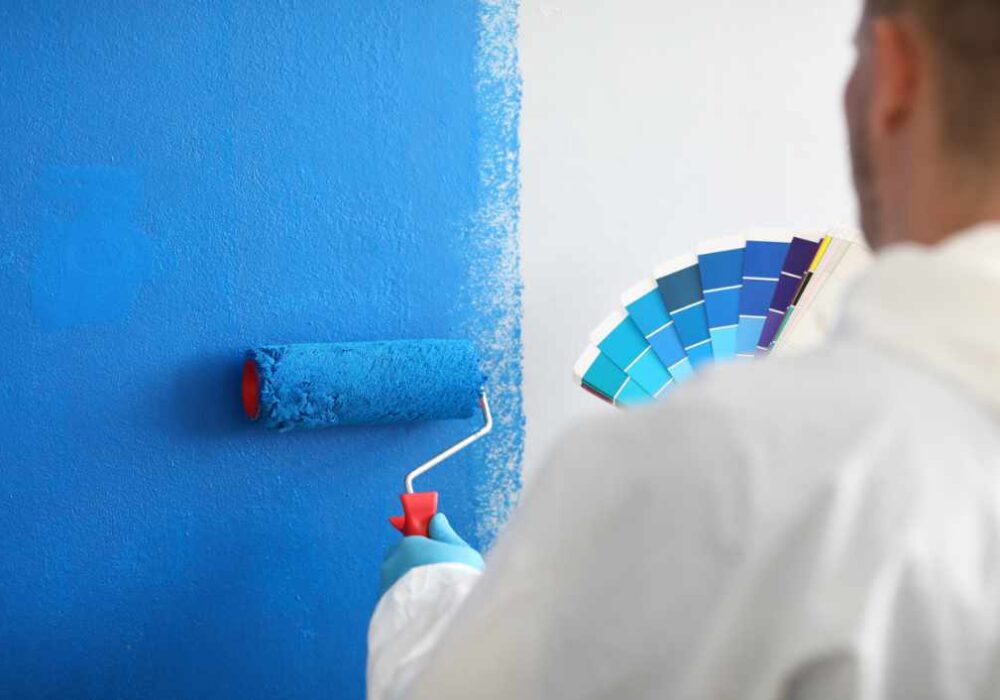
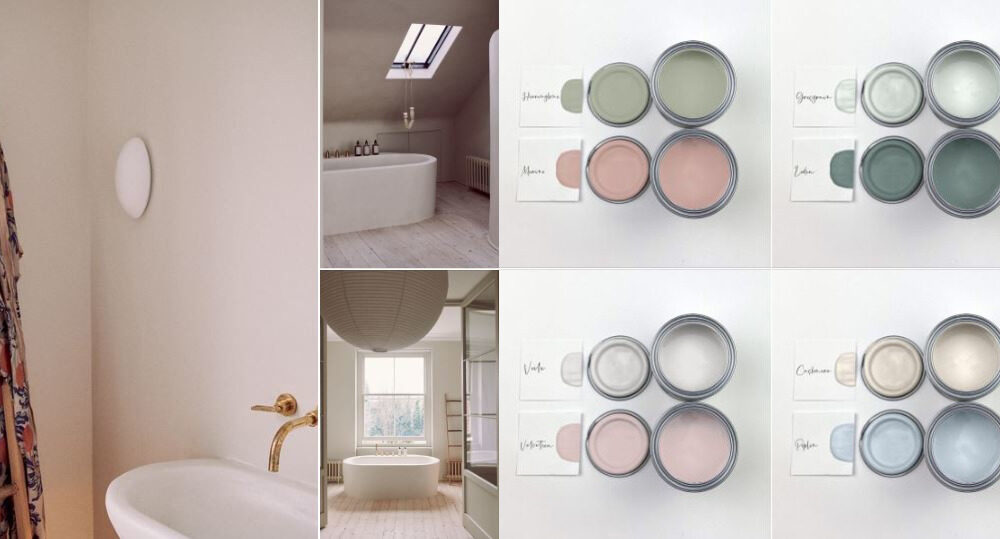
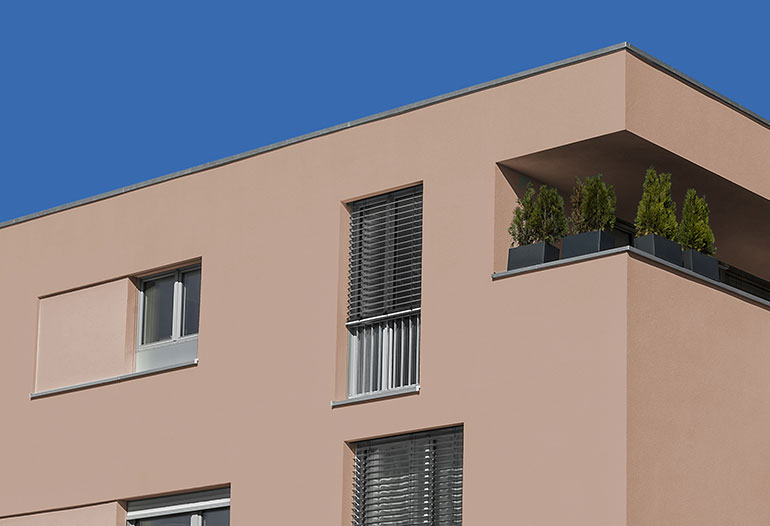

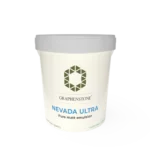
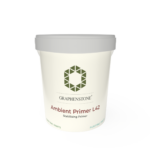
This Post Has 0 Comments